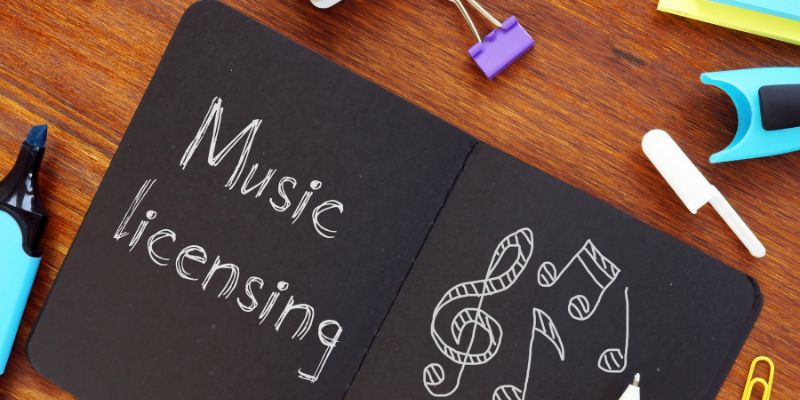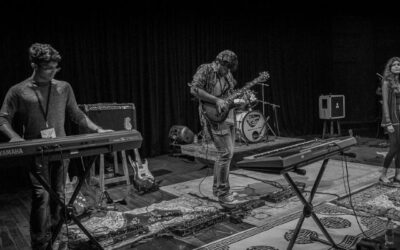The Process of Music Licensing: Unnecessarily Complicated or Hugely Rewarding?
Music laws can sometimes be the opposite of music itself—a bummer. There’s a lot that goes into the legal side of music, and at first glance it’s easy to be overwhelmed by all the different types of rights, copyrights, revenue streams, and royalties. But worry not! This week, we’re going to simplify one of the most important parts of the commercial side of music: licensing.
So, what is a license in the context of music? A license allows musicians to authorise other people or groups, such as record labels or movie/TV show producers, to use their songs commercially. Any song that you hear playing in a public place like a restaurant, or even in a movie or TV show, has gone through various stages of licensing before it can get there (legally, at least!) Licensing has become a significant form of income for artists as they are compensated for the use of their music on various platforms.
There’s a whole bunch of licences that come attached with every released song, and each is tied to different aspects of the song and how it can be used. With the popularity of OTT platforms like Netflix, more music is required than ever to populate the huge amounts of content being churned out every single day. But that’s not all that licenses are good for.
Let’s take a look at the different kinds of licences, what their specific roles and functions are, and how they can help artists make more money
Master Licenses: One of the most commonly spoken-about types of licence, and undoubtedly one of the most important. Put simply, master licenses are attributed to whoever owns or has paid for the recording of a song. Whoever has the master license to a song can use it in its original form in any kind of project, be it an advertisement or movie. Speaking of movies…
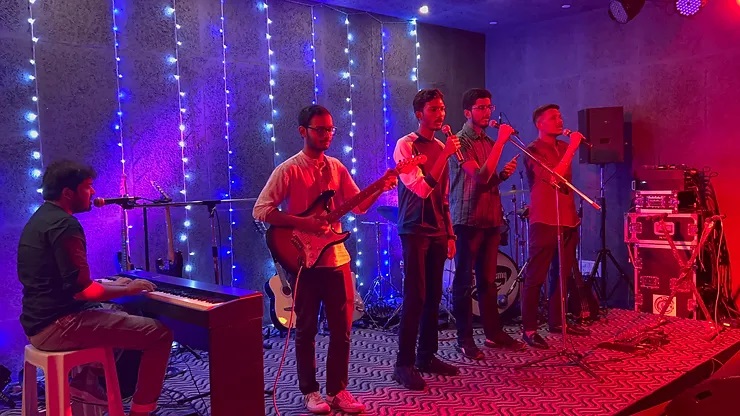
Synchronisation (Sync) Licenses: When someone refers to music licensing, chances are that they’re referring to sync licenses. Sync licenses are perhaps the most important type of licensing to be part of the music industry in the last few decades. Whenever you hear a song being used in any kind of video, TV show, documentary, or any form of music that has been paried with visual media, a sync license is what has been obtained. Sync licensing deals have become an excellent way for all kinds of artists, even those who aren’t signed to big labels, to get their music out there for more and more people to see.
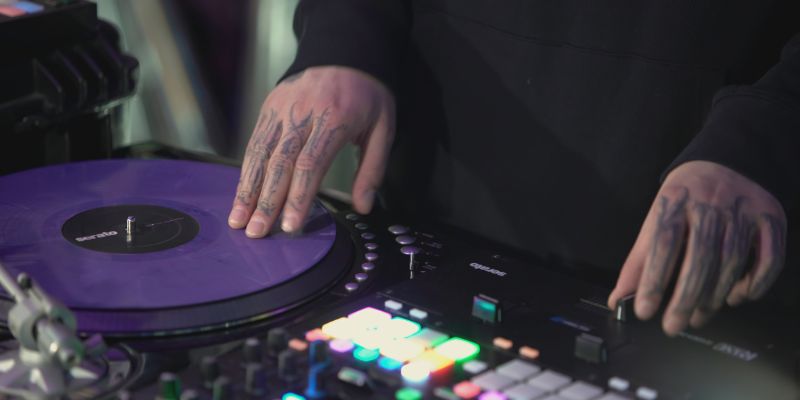
Mechanical Licenses: Mechanical licenses are tied to the distribution of a song. They must be first obtained by anyone who wishes to use the physical form of a song, such as in CD or vinyl form. They’re also needed if someone wishes to re-record a song or alter its arrangement in any way.
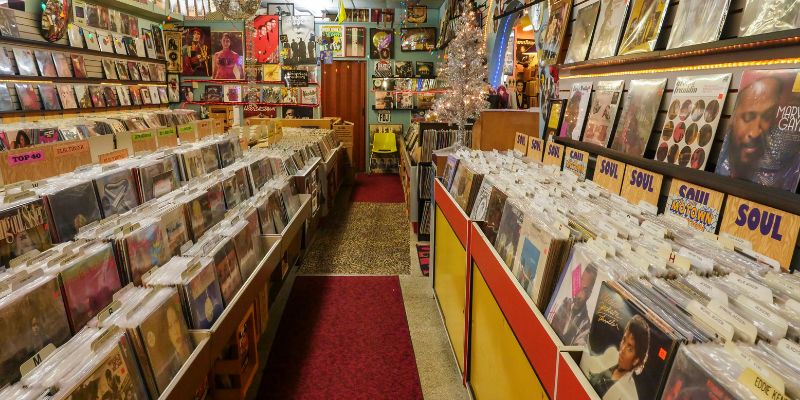
Public Performance Licenses: These are by far the biggest non-video related licenses and are very common along with sync licenses. Anytime you hear a song playing in a public place like a restaurant, mall, or even a concert, a public performance license is at work behind the scenes (we hope!)
These licensing deals can also be good for artists as they receive royalties every time one of their songs is played in a public space.

Print Rights Licenses: Less common than its brothers and sisters, a print rights license is needed if a song needs to be reproduced in sheet music form, or if someone else wants to use the existing sheet music for a song.
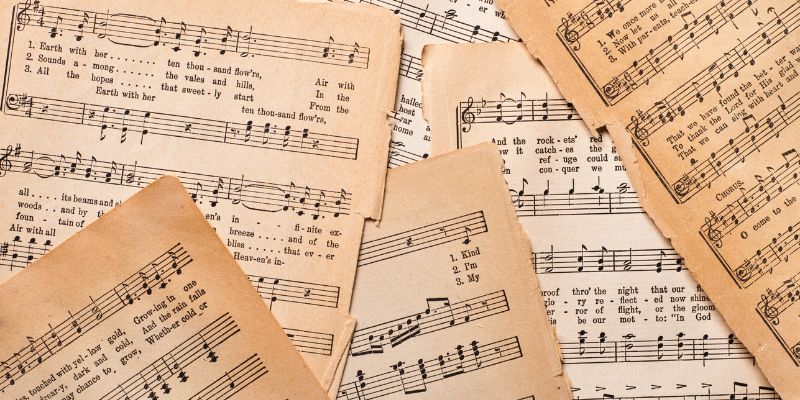
Not so bad after all, right? Even though there are lots of different details and nuances that go along with every kind of license, we hope that this has helped you gain at least a basic understanding of what each one does. Licensing deals have become so important for the modern musician that it’s worth taking the time to understand how your own music can spread its wings and take flight. Who knows, maybe one of your songs could make it to the next big Netflix original!

